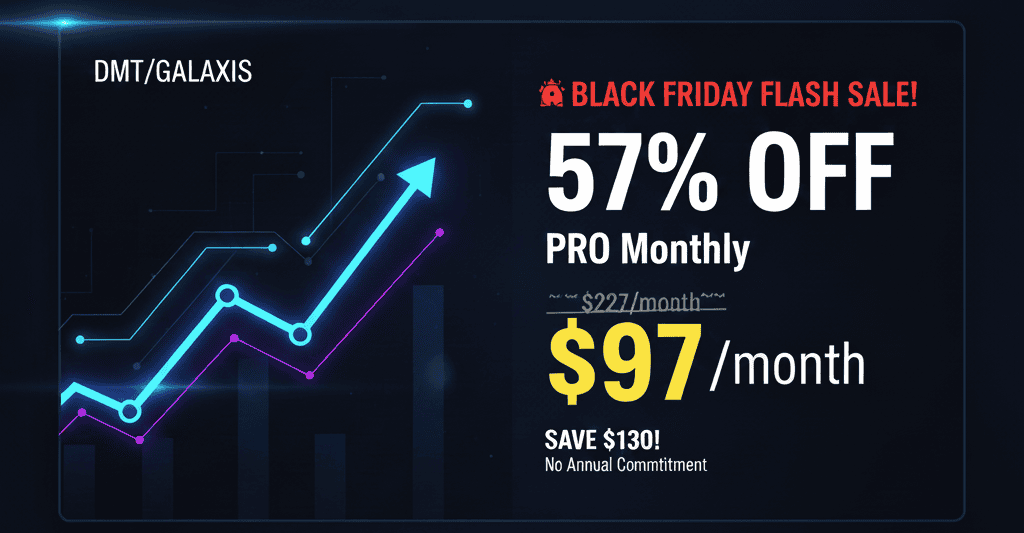Assessing ROI from Targeted Advertising Strategies
Assessing ROI from targeted advertising strategies is crucial for optimizing marketing investments. This guide outlines effective methods to evaluate the return on investment (ROI) of your ad campaigns, ensuring you focus on metrics that drive success.
Digital Advertising Metrics
Understanding key performance indicators (KPIs) is essential for measuring the effectiveness of your advertising efforts. Focus on these critical metrics:
- Cost Per Acquisition (CPA): This metric calculates the total cost of acquiring a customer through your advertising efforts. A lower CPA indicates a more efficient campaign.
- Click-Through Rate (CTR): CTR measures how often people click on your ad after seeing it. A higher CTR suggests that your ads are relevant and engaging to your target audience.
- Customer Lifetime Value (CLV): CLV estimates the total revenue a customer will generate during their relationship with your business. Comparing CLV against CPA helps determine if your ad spending is justified.
- Conversion Rate: This percentage indicates how many users completed a desired action after clicking on an ad, such as making a purchase or signing up for a newsletter.
These metrics provide insights into campaign performance and help identify areas for improvement.
ROI Calculation Methods
To accurately assess ROI, utilize these calculation methods:
- Basic ROI Formula: Use the formula ( text{ROI} = frac{text{Net Profit}}{text{Total Cost}} times 100 ). Net profit is calculated by subtracting total costs from total revenue generated by the campaign.
- Incremental Sales Approach: Measure sales directly attributed to specific ads versus sales without those ads over a set period. This method isolates the impact of each advertising effort.
- Attribution Models: Implement various attribution models—like first-click, last-click, or multi-touch—to understand how different interactions contribute to conversions over time.
By employing these methods, you can gain clarity on which strategies yield profitable returns.
Performance Benchmarking in Ads
Benchmarking allows you to compare your advertising performance against industry standards or competitors:
- Industry Averages: Research average CPA and CTR within your industry to set realistic goals and expectations.
- Competitor Analysis: Analyze competitor ad strategies using tools like Google Analytics or Facebook Ads Manager to identify successful tactics and potential gaps in your approach.
- Historical Data Comparison: Review past campaign performances to establish trends and make data-driven adjustments for future campaigns.
Regular benchmarking ensures that you remain competitive while maximizing ROI.
Checklist for Assessing ROI
- Define clear objectives for each campaign before launch.
- Track all relevant KPIs consistently throughout the campaign duration.
- Utilize robust analytics tools like Google Analytics or HubSpot Marketing Solutions for accurate data collection.
- Compare results against industry benchmarks regularly to gauge performance.
Implement this checklist as part of your strategy review process to ensure comprehensive evaluation of advertising effectiveness.
FAQ
How can I effectively measure ROI for my ad campaigns?
Utilize key metrics such as CPA, CTR, conversion rate, and CLV alongside established calculation methods like basic ROI formulas and incremental sales approaches.
What metrics should I focus on when assessing targeted advertising?
Focus primarily on CPA, CTR, conversion rates, and CLV as they provide valuable insights into overall campaign performance.
How do different channels affect the ROI of my ads?
Different channels have varying costs and audience engagement levels; analyzing channel-specific performance can help allocate budgets more effectively based on where you achieve higher returns.
What tools are best for tracking ROI in digital marketing?
Google Analytics and Facebook Ads Manager are among the most effective tools available for tracking detailed analytics related to ad performance across multiple platforms.
Why is ROI assessment crucial for targeted advertisements?
Assessing ROI ensures that marketing budgets are allocated efficiently toward strategies that yield positive financial returns while allowing continuous optimization based on actionable insights.
To maximize the success of assessing ROI from targeted advertising strategies:
- Set measurable goals before launching campaigns.
- Regularly track KPIs related to each strategy deployed.
- Adjust tactics based on real-time data analysis every quarter or bi-annually.
By adhering closely to these practices, you enhance both accountability and profitability in your digital marketing initiatives with precision-driven outcomes that support sustainable growth in today’s competitive landscape.
